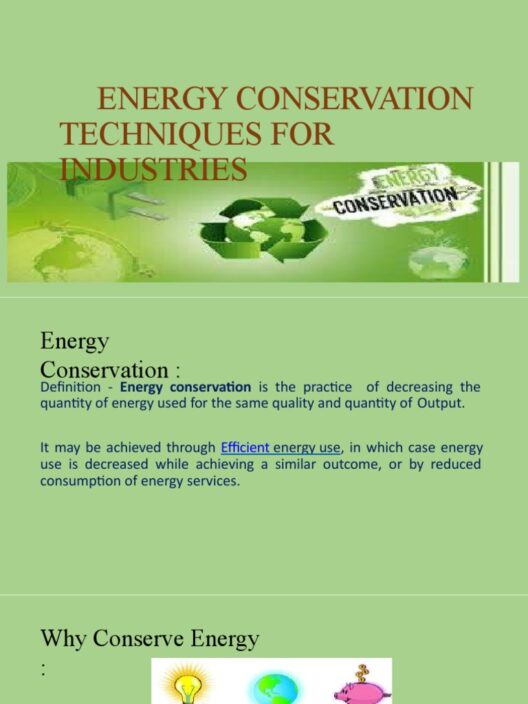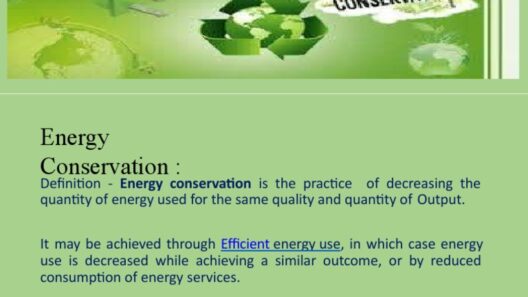The world of engine oil can often appear as complex and opaque as the very fluid itself. For the environmentally conscious consumer, discerning whether an oil is energy conserving signifies not only a step towards optimal vehicle performance but also a commitment to sustainability. Energy-conserving oils serve as a bridge between preserving mechanical efficiency and championing ecological stewardship. Understanding how to identify these oils involves diligence and discernment, akin to navigating through a dark forest in search of light.
At the heart of energy conservation lies the acronym “API,” which stands for the American Petroleum Institute. This organization has established standards that benefit both engine performance and the environment. When seeking an energy-conserving oil, one should first look for the API certification mark on the container. This insignia, akin to a badge of honor, indicates compliance with the recognized benchmarks for quality and efficiency.
Once the API seal is verified, attention should turn to the viscosity grade. Typically denoted by a number followed by a “W,” viscosity refers to the oil’s thickness at varying temperatures. For example, a 5W-30 oil offers optimal performance throughout diverse weather conditions. Selecting the appropriate viscosity not only aids in maintaining engine integrity but can also minimize energy wastage. Consider this the oil’s personality trait, where a thin, agile oil adapts better in temperate climates, reducing friction more effectively than its thicker counterparts.
Another vital sign that one is investing in energy-conserving oil is the presence of the “Energy Conserving” mark on the API label. This emblem is often accompanied by a circular arrow—a symbol that resonates with the efficiency of a well-oiled machine. This mark ensures that the oil has undergone rigorous testing and meets specific criteria designed to enhance fuel economy and reduce emissions. It’s almost like a guiding star in the vast expanse of lubricant options, illuminating the path toward more responsible consumption.
Moreover, the formulation of the oil plays an instrumental role in its energy-conserving capabilities. Many oils are crafted with advanced additives that improve performance while reducing friction. These synthetics serve as the superheroes of engine oil, enhancing protection against wear while fostering lubrication. While conventional oils might serve adequately, synthetic variants often outperform them. Herein lies an opportunity: by opting for synthetic oils, a consumer is making a strategic choice for both engine health and environmental sustainability.
While the packaging and labels can provide essential insights, it is prudent to dive deeper. Investigating the manufacturer’s reputation can unveil whether they prioritize eco-friendly practices in their production methods. Brands that commit to sustainable sourcing and manufacturing demonstrate a holistic approach to energy conservation. They act not merely as stakeholders in the oil industry but as advocates for environmental integrity.
Consider also the specific requirements of your engine. Manufacturers often prescribe particular standards tailored to the needs of their vehicles. Whether it’s a high-performance luxury car or a reliable commuter, adhering to these specifications is crucial for optimum efficiency. Failing to comply may lead to increased energy expenditure and premature wear—much like planting a seed that is ill-suited to its environment. The result is sustenance wasted on unfavorable conditions.
Exploring the Oil’s Specifications is another layer in this multifaceted examination. Delve into the technical data sheets provided by oil manufacturers, scrutinizing elements such as the oil’s flash point—the temperature at which it ignites—and its pour point—the lowest temperature at which it remains fluid. Both of these figures speak volumes about an oil’s performance in energy conservation. An oil that retains its viscosity in colder temperatures while effectively reducing energy loss in hotter conditions is an adept performer on the energy efficiency stage.
Word-of-mouth and recommendations hold valuable weight in this journey. Engaging with local auto forums or consulting trusted mechanics can unveil experiences from those who have traversed similar paths. Their stories and insights can serve as compass points, guiding consumers toward reliable energy-conserving oils and away from those that fall short.
Consumer behavior also plays a pivotal role in this ecosystem. Adopting proper oil change practices can amplify the benefits derived from energy-conserving oils. Regular changes not only ensure peak performance but also avert the risks associated with oil degradation over time. Neglecting it is akin to choosing to live in a house with rotting walls—unwise and unsustainable. Hence, keeping oil fresh depends as much on the selection process as it does on ongoing maintenance.
In conclusion, navigating the world of engine oil requires vigilance and a commitment to energy conservation. The journey should not conclude at purchase; rather, it must evolve into an ongoing practice of informed decision-making. With the understanding gained from API ratings, viscosity grades, additive qualities, and varying formulations, consumers can seek out oils that contribute to both engine efficiency and ecological impact. Each bottle of energy-conserving oil encapsulates a mission—not merely to lubricate, but to preserve and protect. Thus, as one stands before the vast shelves of oil options, the conscious consumer becomes an active participant in fostering a sustainable future, one oil change at a time.







